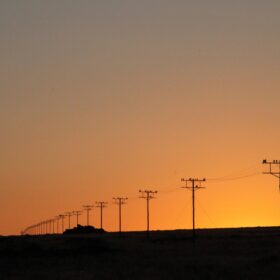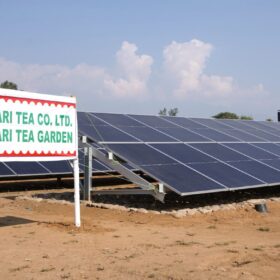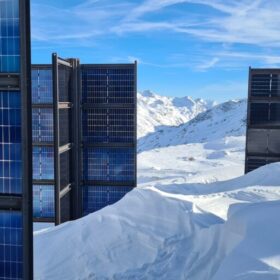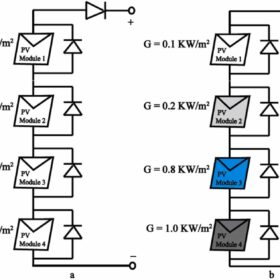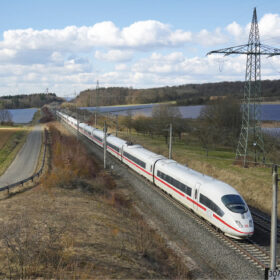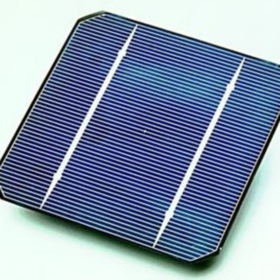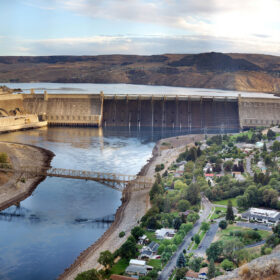Mauritania secures $289.5 million for solar projects, interconnection line
The authorities in Mauritania have obtained $289.5 million of financing for two solar projects, including a $272 million loan – the largest ever granted to the country by the African Development Bank – for a recently approved 225 kV electricity interconnection.
Tata Power lights up Indian tea estate with bifacial PV system
Tata Power Renewable Energy has commissioned a 1.04 MW solar system for the Chengmari Tea Estate in India. The installation features 1,900 bifacial PV modules.
Austrian ski resort hosting vertical PV arrays with cross structures
Helioplant has developed a 7.2 kW vertical PV installation for high-altitude locations. The system purportedly remains free of snow, even after intense winter precipitation.
PV self-consumption rising as batteries cut grid imports by 94%, says Relectrify
Relectrify says battery energy storage in commercial settings in Australia can offer economic benefits. It has released data showing that a recently commissioned 120 kW ReVolve battery has reduced the customer’s import of energy from the grid by more than 94%.
Novel MPPT technique based on Coronavirus algorithm
The proposed algorithm is intended for harvesting the maximal power in PV systems operating in varying weather scenarios. According to its creators, the new approach can be applied on a low-cost microcontroller.
Germany allocates 1.61 GW in latest utility-scale PV tender
Germany’s latest auction for utility-scale solar concluded with prices ranging from €0.0444 ($0.048)/kWh to €0.0547/kWh. The procurement exercise was significantly oversubscribed.
New anti-reflective coating for silicon solar cells
Developed by an international research group, the novel anti-reflective coating is based on silicon dioxide and zirconium dioxide. It reportedly minimizes a solar cell’s reflection loss, while enhancing its light absorption properties.
Ivory Coast to host 52 MW solar plant
The Ivory Coast government has signed an agreement with infrastructure investor PFO Africa for the financing, construction and operation of a 52 MW solar plant. The project has been billed as the country’s largest to date.
Scientists claim 21.1% efficiency for perovskite solar module built with liquid crystals additives
An international team of researchers used large-area perovskite films treated with liquid crystals additives to make photovoltaic modules with a certified stabilized efficiency of 21.1% at an aperture area of 31 cm2.
Native American tribes to back 1-3 GW of renewables to replace hydro dams
Four Native American tribes, two US states and the US government have agreed to work together to replace the energy now produced by hydroelectric dams.
